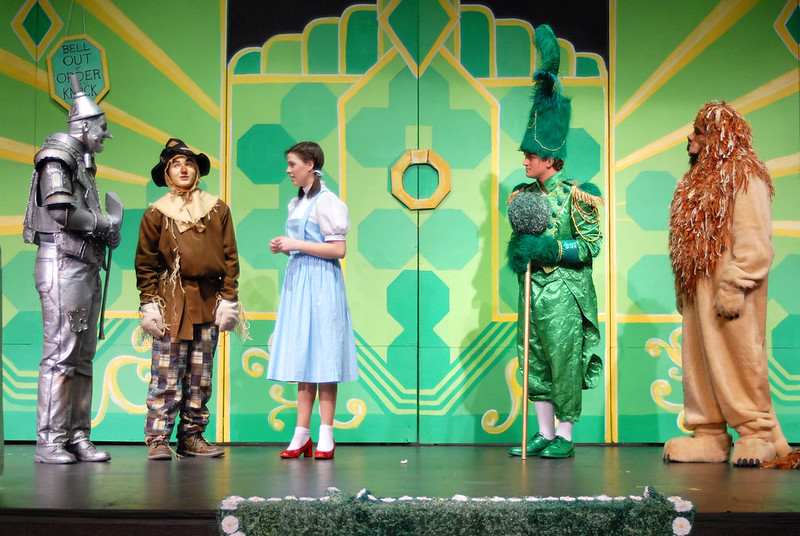The Radical Feminist Behind the Curtain--Matilda Joslyn Gage and Her Influence on Frank L. Baum
(I came across this fascinating information in another book, "Waking the Witch" by Pam Grossman. More on that later)
The Radical Feminist Behind the Curtain
3/29/2021 by Jamie Jordan
There’s something magical about The Wizard of Oz; it isn’t the witchcraft or the wizardry, but that the story revolves around a girl who realizes her inner strength. For this, you can thank radical feminist Matilda Joslyn Gage.

Matilda Joslyn GageThe Wizard of Oz film, and the novels that inspired it, were deeply influenced by the ideology of radical feminist Matilda Joslyn Gage. (Mraz Center for the Performing Arts / Flickr)
During an iconic moment in The Wizard of Oz, actor Frank Morgan tells Judy Garland and gang to pay no attention to the man behind the curtain. Morgan’s charlatan character is just one of Oz’s hidden figures. This Women’s History Month, it’s time to finally pay attention to the woman behind the curtain.
The Wizard of Oz film, and the novels that inspired it, were deeply influenced by the ideology of radical feminist Matilda Joslyn Gage. Gage may be best known as the mother-in-law of Oz novelist L. Frank Baum, but more importantly, she was an activist, who would be considered as radical in our day as she was in hers. “[Gage was] the woman who was ahead of the women who were ahead of their time,” Gloria Steinem said in Ms.
. . . .
Baum took inspiration from Gage’s politics, and in turn, she encouraged him to write down the spellbinding stories he told her grandchildren. In one instance, as Schwartz noted, Gage sent her son-in-law a newspaper ad for a story contest, writing on the enclosure, “Now you are a good writer and I advise you to try. Of course, you have but a little time, but ideas may flow.” In time, Baum would write The Wonderful Wizard of Oz, but in 1893, seven years before his book, Gage published Women, Church and State, a 500-page treatise which detailed why the church’s hierarchies were inherently oppressive to women.
In a lengthy chapter titled “Witchcraft,” Gage argued the church affixed the label “witch” to any “wise, or learned woman,” a practice she traced from the middle ages to puritan Massachusetts. “What was termed magic, among men, was called witchcraft in woman. The one was rarely, the other invariably, punished,” she wrote.
. . . .
There’s something magical about The Wizard of Oz; it isn’t the witchcraft or the wizardry, but that the story revolves around a girl who realizes her inner strength. We owe Gage a debt of gratitude for giving us a dynamic heroine to emulate on Halloweens and in our everyday lives.
https://msmagazine.com/2021/03/29/wizard-of-oz-matilda-joslyn-gage-suffrage-feminist/
. . . .
Matilda Joslyn Gage’s ideas also entered American culture in an unexpected way. In 1882, her daughter Maud married a struggling artist named L. Frank Baum. He would go on to achieve fame as the author of The Wonderful Wizard of Oz and its many sequels. Baum was most likely influenced by Gage’s ideas about female power and matriarchy when creating a world ruled by women. His ideas about witches nod to Gage’s research on the history of the stereotype from her 1893 book Woman, Church and State.
. . . . .
https://www.nps.gov/people/matilda-joslyn-gage.htm
